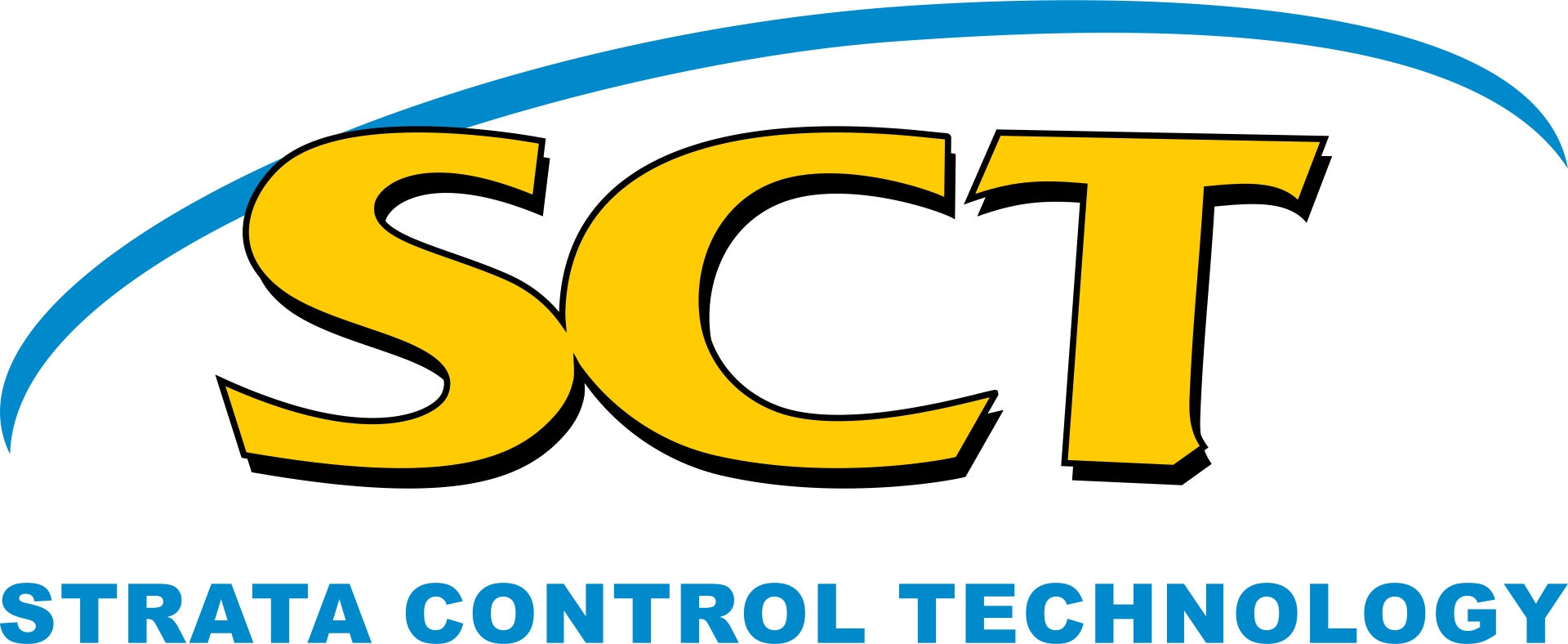Welcome to SCT's own publications library which contains a collection of recent publications and other resources with reliable research about our technology.
-
Determination of the Subsidence Mechanism for Subcritical Miniwall Panels
Published Jun, 2022Airly Mine is a miniwall operation mining the Lithgow Seam in the Western Coalfield, NSW. Airly Mine currently mines beneath the Mt Airly mesa, where the Lithgow Seam outcrops near the base of the mesa. Each miniwall panel is subcritical in its geometry with 60m wide panels and depth of cover ranging 200-270m. The surface subsidence produced vertical displacements significantly greater than the empirical predictions, up to 713mm, prompting the numerical modelling approach discussed in this paper. The numerical rock failure modelling assessment illustrated the mechanism for the magnitude of subsidence experienced at Airly Mine. Determination-of-the-Subsidence-Mechanism-for-Subcritical-Miniwall-Panels-Y-Heritage-MSTS-2022.pdf1.8 MB -
Validation of a Subsidence Prediction Approach of Combined Modelling and Empirical Methods - Yvette Heritage
Published Nov, 2017Subsidence prediction is often required outside the limits of empirical databases where we look to other methods to expand our understanding of overburden caving and subsidence effects. Computer modelling, through simulation of rock failure and
overburden caving, provides a means to extrapolate beyond current experience and to investigate other aspects of caving processes that are becoming increasingly important; aspects such as multi-seam interactions, irregular overburden geologies and groundwater interactions.
This paper describes examples and a range of useful outcomes from modelling simulations of rock failure and overburden caving to illustrate how modelling is being used to extend understanding of multi-seam mining scenarios, irregular overburden geology, “greenfield” mining areas, increasing overburden depths and the requirement to understand overburden fracture formation and vertical hydraulic connectivity. A case study from the Bowen Basin is used as an example of the value of combining modelling and an empirical approach to improve subsidence prediction and provide validation and calibration of the prediction methodologies for future subsidence prediction. Validation-of-a-Subsidence-Prediction-Approach-of-Combined-Modelling-and-Empirical-Methods-Y.Heritage2017.pdf2.5 MB
